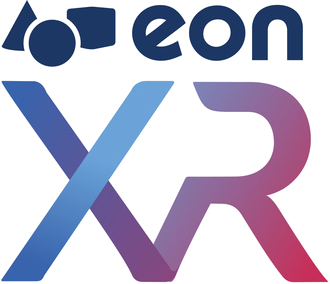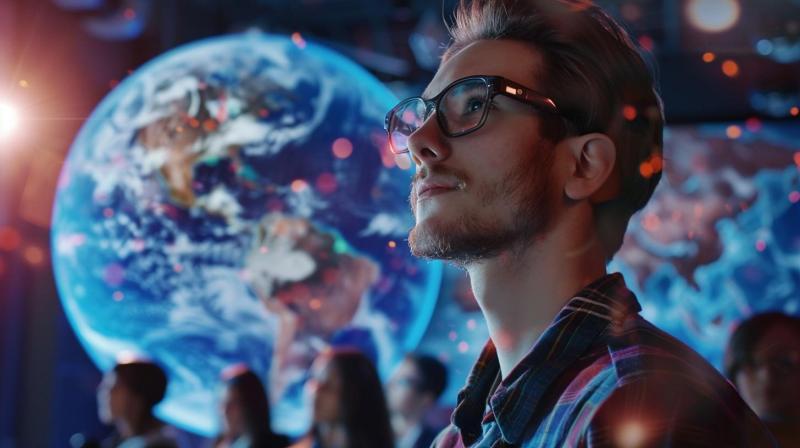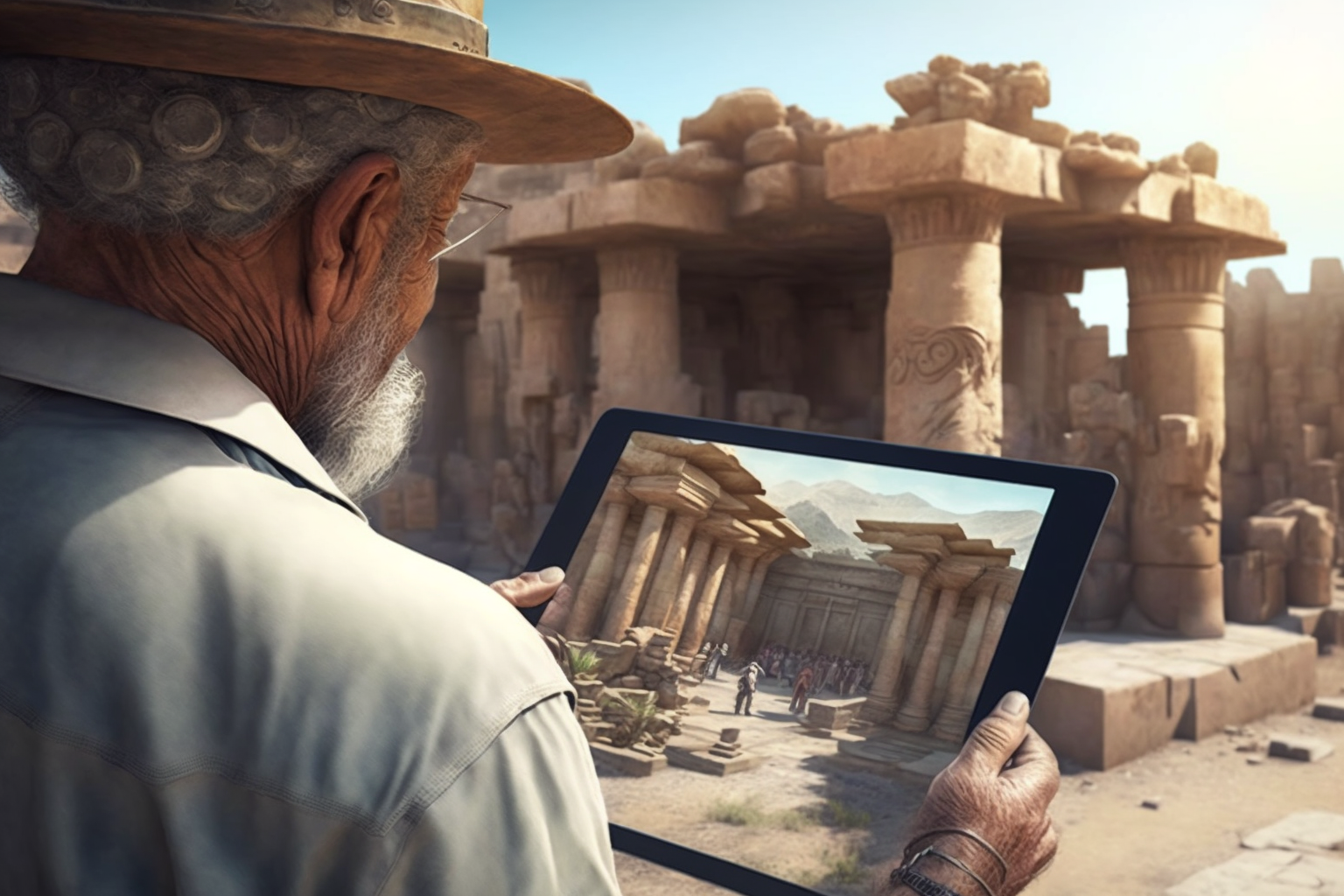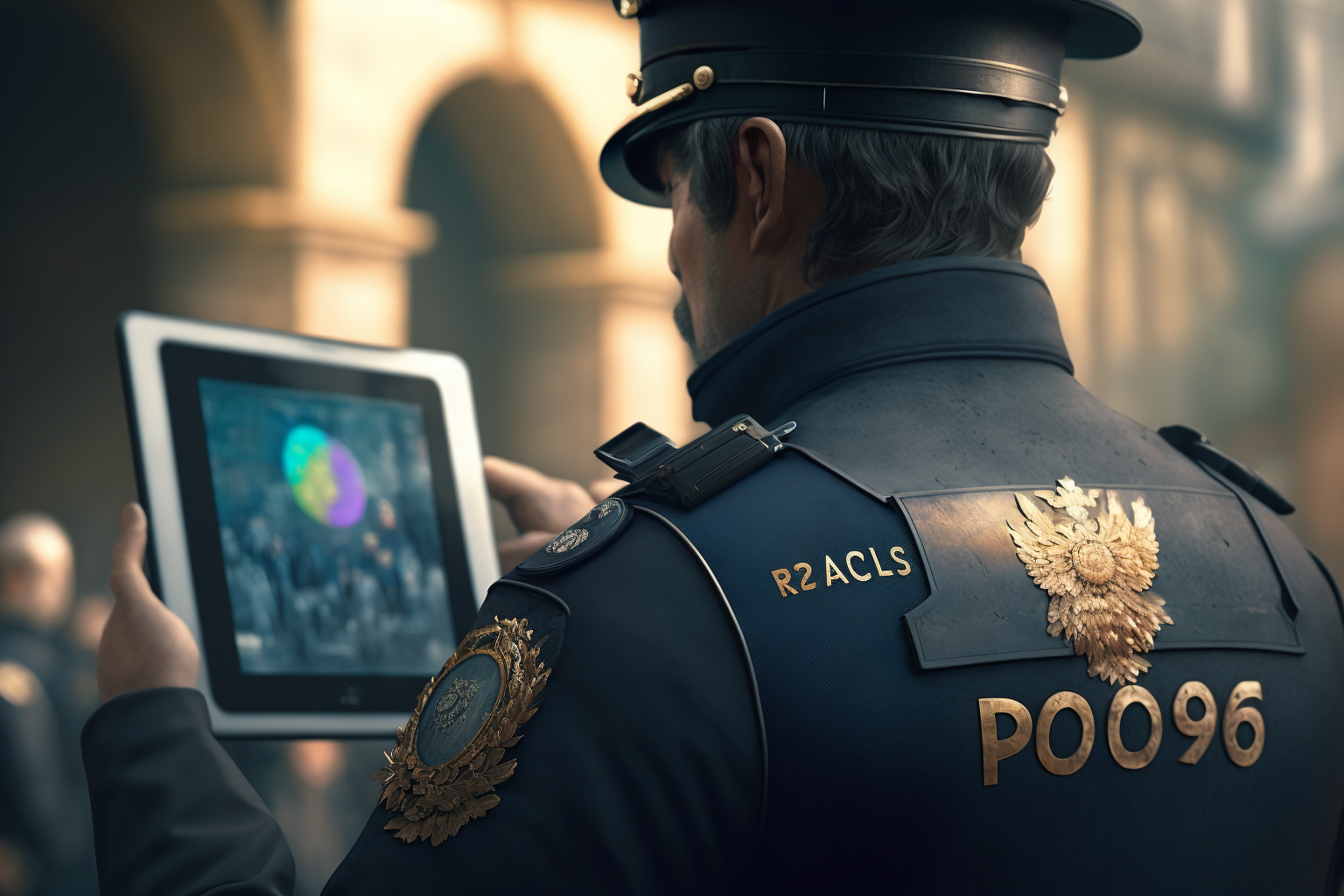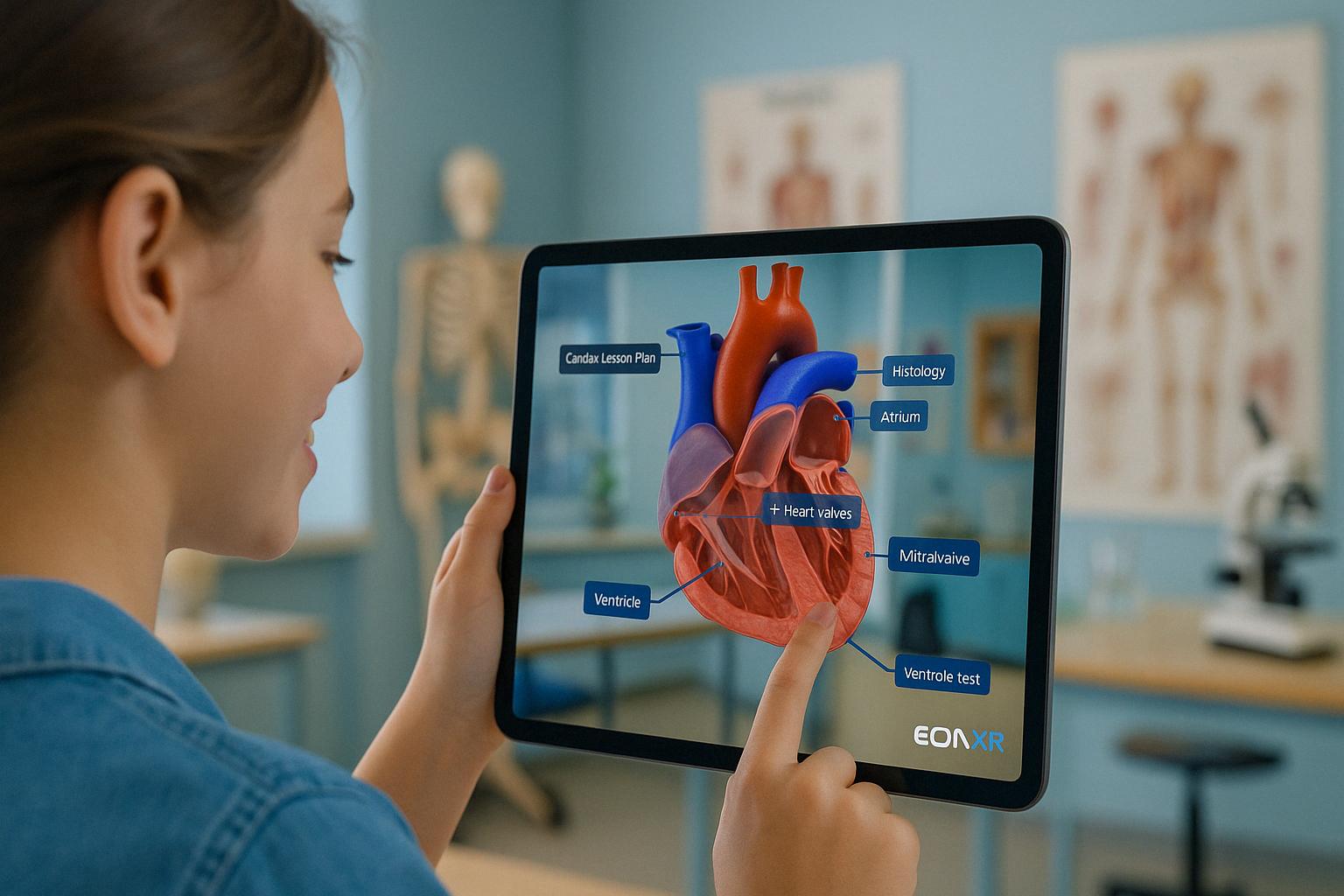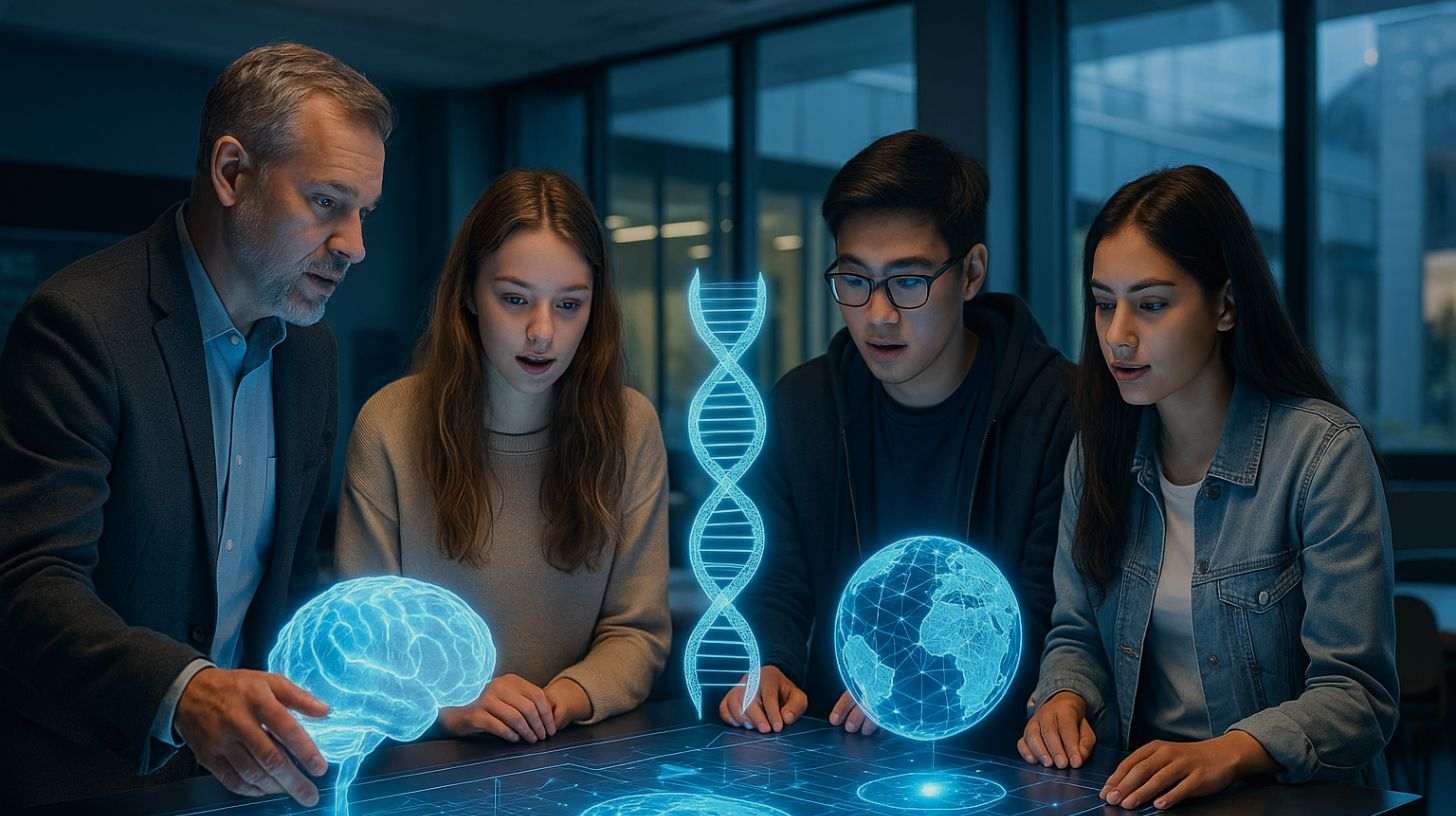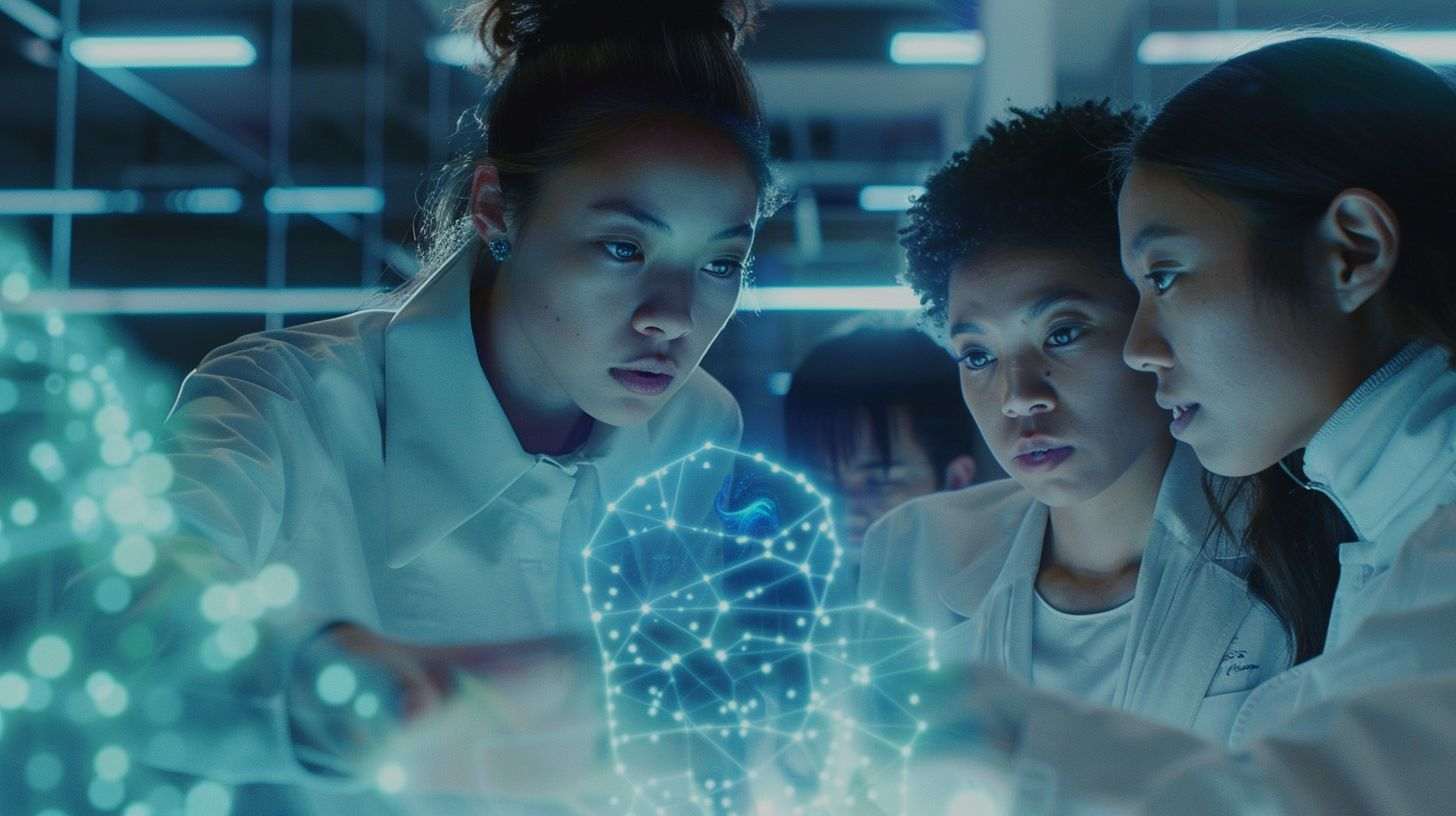[vc_row type=”in_container” full_screen_row_position=”middle” column_margin=”default” scene_position=”center” text_color=”dark” text_align=”left” overlay_strength=”0.3″ shape_divider_position=”bottom” bg_image_animation=”none”][vc_column column_padding=”no-extra-padding” column_padding_position=”all” background_color_opacity=”1″ background_hover_color_opacity=”1″ column_link_target=”_self” column_shadow=”none” column_border_radius=”none” width=”1/1″ tablet_width_inherit=”default” tablet_text_alignment=”default” phone_text_alignment=”default” overlay_strength=”0.3″ column_border_width=”none” column_border_style=”solid” bg_image_animation=”none”][vc_column_text]
EON Reality’s Director for U.S Education and Global Innovation, Jamie Justice, is an expert in how AR and VR technologies are changing education. Read on to find out why he thinks 2020 holds the greatest promise and potential to effectively use the technology to change and improve the way we teach and learn.
[/vc_column_text][/vc_column][/vc_row][vc_row type=”in_container” full_screen_row_position=”middle” column_margin=”default” scene_position=”center” text_color=”dark” text_align=”left” overlay_strength=”0.3″ shape_divider_position=”bottom” bg_image_animation=”none”][vc_column column_padding=”no-extra-padding” column_padding_position=”all” background_color_opacity=”1″ background_hover_color_opacity=”1″ column_link_target=”_self” column_shadow=”none” column_border_radius=”none” width=”1/1″ tablet_width_inherit=”default” tablet_text_alignment=”default” phone_text_alignment=”default” overlay_strength=”0.3″ column_border_width=”none” column_border_style=”solid” bg_image_animation=”none”][vc_column_text]
The times are changing rapidly and globally in how people interact with each other and with technology. There are daily exchanges between individuals, companies, and their own networks via tools such as Twitter, Instagram, and Facebook, and the benefits of this connectivity can be many and varied depending on who you are.
Regardless of how you view digital technologies, the prevalence and emergence of smart devices and unique displays will continue to grow as new markets also emerge. Anecdotally speaking, one only has to look around a busy restaurant, a mall, or even a highway to see someone using a smartphone (or other screen) to communicate, do business, entertain themselves, or any number of other activities.
We are all connected to our devices whether we admit it or not, and all of these activities are “visual” experiences. Going forward, 2020 will present a line of demarcation between past and future digital learning experiences, prompting a “Visual Revolution” driven by 5G, artificial intelligence, augmented reality, virtual reality, and other emerging visual technologies and experiences.
What is different now than in the past? What is the promise and potential for augmented and virtual reality going forward? When and where will these changes converge in order to supplement and enhance teaching and learning over the next 5 years?
There is something about the magic of stereographic “3D” presentations that capture the imagination and interest of most everyone. Beginning with early virtual reality games and devices in the 1960s and evolving to today’s HMDs, virtual reality has been part of society for a long time. In the last few years, augmented reality has become commonplace as it has also been used in marketing and other game applications.
[/vc_column_text][/vc_column][/vc_row][vc_row type=”in_container” full_screen_row_position=”middle” column_margin=”default” scene_position=”center” text_color=”dark” text_align=”left” overlay_strength=”0.3″ shape_divider_position=”bottom” bg_image_animation=”none”][vc_column column_padding=”no-extra-padding” column_padding_position=”all” background_color_opacity=”1″ background_hover_color_opacity=”1″ column_link_target=”_self” column_shadow=”none” column_border_radius=”none” width=”1/1″ tablet_width_inherit=”default” tablet_text_alignment=”default” phone_text_alignment=”default” overlay_strength=”0.3″ column_border_width=”none” column_border_style=”solid” bg_image_animation=”none”][vc_column_text]
AR and VR, Random Acts of Progress: A Personal Story
In my time with the Kentucky Community and Technical College System, I was first introduced to the concept of using virtual reality (3D stereographic presentation), as a means to change and improve the teaching and learning process. I saw my first presentation at the League for Innovation Conference in Long Beach, California in 2002.
Little did I know that this was the start of a very exciting and ongoing journey that evolved to my present day role at EON Reality. Over the past 18 years, I have had the opportunity to research, create, problem solve, design, and present a large number of ideas and approaches for using this technology.
This experience has transcended time and technology advances to a number of successes and failures that ultimately defined the challenges for infusing AR and VR into existing education programs and curriculum. The rollercoaster ride of a journey included ideas such as the College Collaborative Network, Emergence Learning, multiple business plans, locations and implementations across KCTCS, the KCTCS IDC, the University of Kentucky TRY-IT program, Fayette County Teacher Workshops, and part of an NSF Grant also with UK. In addition, the creation of new applications, partnerships, textbooks, and other opportunities helped further my engagement and excitement about the promise and potential of these visual technologies.
Based on the past 18 years and these many wonderful experiences, I am reflecting on what this all means in terms of future applications. To that end, I see 2020 as the tipping point between the past random acts of progress and a future of strategic applications of AR and VR to greatly enhance and improve teaching and learning.
[/vc_column_text][/vc_column][/vc_row][vc_row type=”in_container” full_screen_row_position=”middle” column_margin=”default” scene_position=”center” text_color=”dark” text_align=”left” overlay_strength=”0.3″ shape_divider_position=”bottom” bg_image_animation=”none”][vc_column column_padding=”no-extra-padding” column_padding_position=”all” background_color_opacity=”1″ background_hover_color_opacity=”1″ column_link_target=”_self” column_shadow=”none” column_border_radius=”none” width=”1/1″ tablet_width_inherit=”default” tablet_text_alignment=”default” phone_text_alignment=”default” overlay_strength=”0.3″ column_border_width=”none” column_border_style=”solid” bg_image_animation=”none”][vc_column_text]What’s Different in 2020?
Spring forward to 2020, and now many of those challenges have been resolved as other new technologies emerge.
Why is it different now compared to 5 or 10 years ago? First, many of the things envisioned by so many early adopters are now possible. There are several things that will dramatically change the opportunities and potential for AR and VR:
- 5G – As 5G becomes more accessible in the near future, the benefits of faster and bigger data transfer will greatly increase the sharing possibilities of 3D AR and VR content.
- AI – While 5G changes the way we interface with technology, artificial intelligence changes the way technology interfaces with us. Intuitive applications, software that can learn, and other nuances that are improving thanks to AI will also find a place in AR and VR applications as things move forward.
- Content Creation – Creating content is becoming easier than ever before as access to large numbers of digital assets become more available. With structures and libraries provided by platforms such as EON-XR, users can create content quickly and share it immediately.
- Contact Time – The use of digital devices will continue to explode as more and more people use them for more of life’s experiences. Creative and effective learning strategies will benefit from this connectivity through collaborative learning experiences and creative content development.
- Dependence – As contact time grows, dependence on our digital devices will continue to grow. Strategic curriculum and content design should capitalize on this source that people use for all of their information. Learning should be a great benefit from this dependence.
Because of all of these improvements coming in 2020 and the near future, virtual reality and augmented reality will become more accessible as new head-mounted displays emerge to provide an immersive experience on a new scale and with less expense. Wireless headsets will free the user to explore the world (both virtual and real) in new and different ways.
As 2020 arrived, it appears that the stars aligned for real applications of AR and VR in the classroom. Think about having the capacity to quickly create a digital lesson and then share it with students anywhere in the world — whether in the classroom, workplace, or their homes.
I look at where we were 12 years ago compared to now being able to build an application and then share it on any number of devices (such as smartphones, tablets, computers, and head-mounted immersive displays) quickly. The ability to immediately play lessons in a VR environment using an Oculus or HTC Vive device is another major transition. In short, we’re now able to build it once and deploy it in many ways — AR, VR, and on phones and tablets devices — and that’s only going to become more commonplace after 2020.[/vc_column_text][/vc_column][/vc_row][vc_row type=”in_container” full_screen_row_position=”middle” column_margin=”default” scene_position=”center” text_color=”dark” text_align=”left” overlay_strength=”0.3″ shape_divider_position=”bottom” bg_image_animation=”none”][vc_column column_padding=”no-extra-padding” column_padding_position=”all” background_color_opacity=”1″ background_hover_color_opacity=”1″ column_link_target=”_self” column_shadow=”none” column_border_radius=”none” width=”1/1″ tablet_width_inherit=”default” tablet_text_alignment=”default” phone_text_alignment=”default” overlay_strength=”0.3″ column_border_width=”none” column_border_style=”solid” bg_image_animation=”none”][vc_column_text]
In my next post, I will delve further into detail about how these major changes will influence how education can be shaped and designed for the future. While technology has the potential to dramatically alter the delivery of many curricula, it is equally important to develop a sound strategy to balance innovation and learning.
About Jamie Justice
Jamie is a multi-talented seasoned innovator and change leader in education, business, and his private life. He has a long list of accomplishments and unique approaches to solving problems, managing projects and designing new solutions to address a variety of challenges. He has been in and around education for over 30 years, first as a high school teacher and then with the Kentucky Dept of Education as a state consultant for career and technical education programs and initiatives. Ultimately, he spent the remainder of his formal education career with the Kentucky Community and Technical College System. EON Reality was lucky enough to talk him out of retirement and Jamie has been an invaluable asset in helping us craft solutions for education.
[/vc_column_text][/vc_column][/vc_row]



